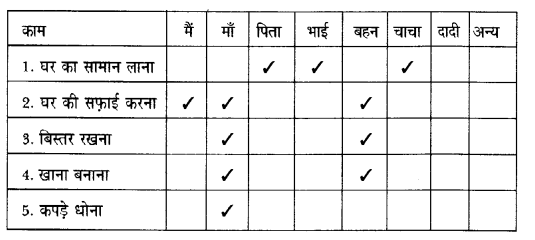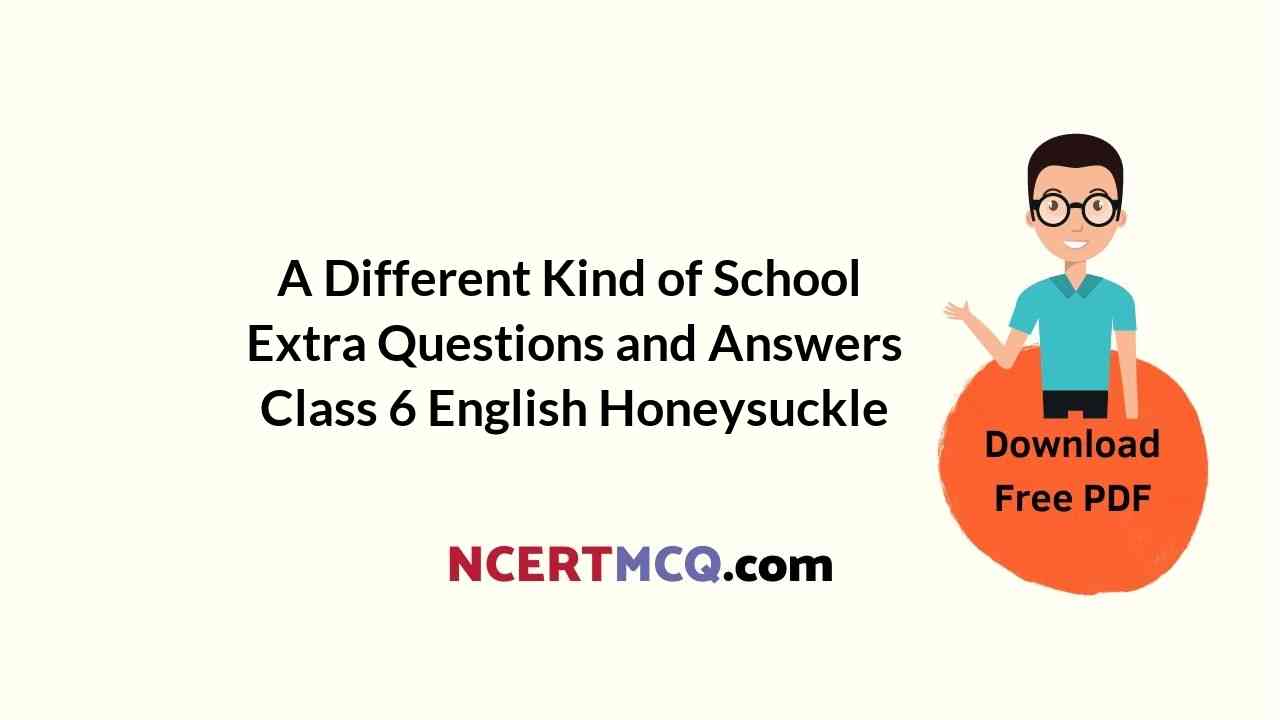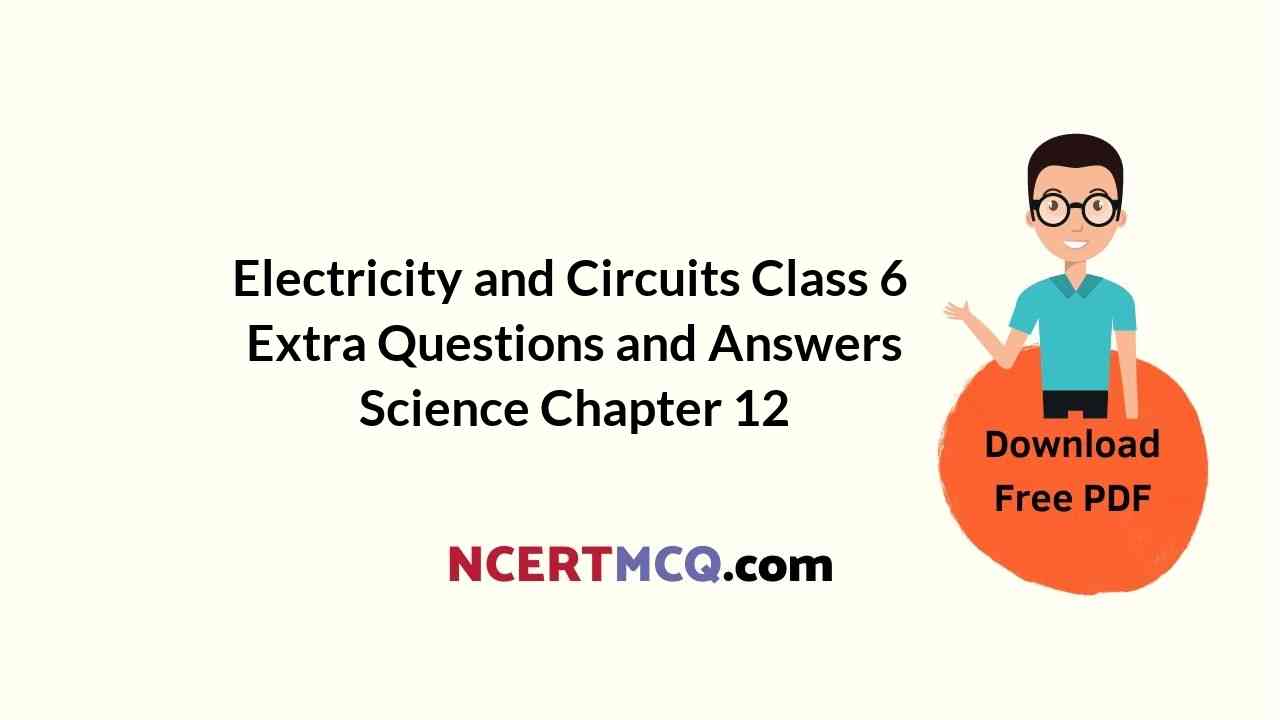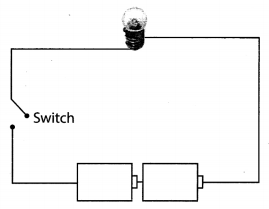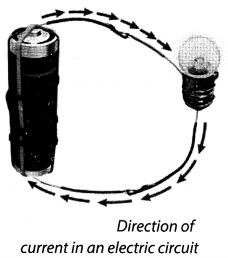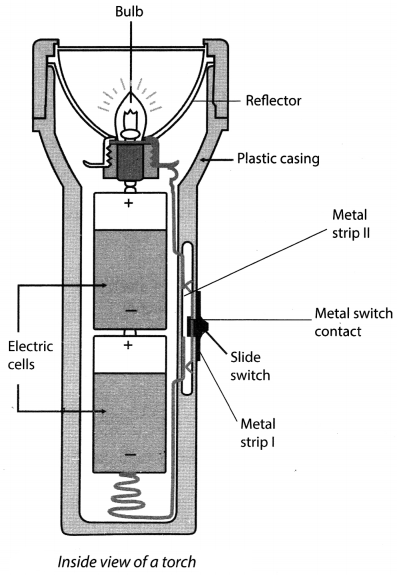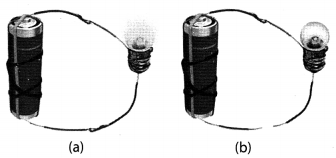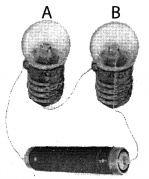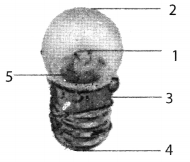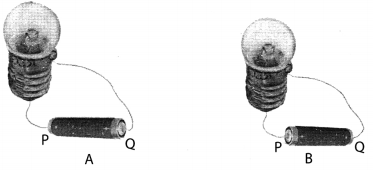In this page, we are providing Online Education for Changes Around Us Class 6 Extra Questions and Answers Science Chapter 6 pdf download. NCERT Extra Questions for Class 6 Science Chapter 6 Changes Around Us with Answers will help to score more marks in your CBSE Board Exams. https://ncertmcq.com/extra-questions-for-class-6-science/
Online Education for Class 6 Science Chapter 6 Extra Questions and Answers Changes Around Us
Extra Questions for Class 6 Science Chapter 6 Changes Around Us with Answers Solutions
Changes Around Us Class 6 Extra Questions Very Short Answer Type
Changes Around Us Class 6 Questions And Answers Question 1.
Give two examples of irreversible changes:
Answer:
(a) Milk to cheese
(b) Cooking of food.
Changes Around Us Class 6 Extra Questions Question 2.
Give two examples of slow changes:
Answer:
(i) Growing of plants
(ii) Ripening of fruits
Class 6 Science Chapter 6 Extra Questions Question 3.
Can you change the shape of a eraser after erasing?
Answer:
Yes
Changes Around Us Class 6 Worksheet With Answers Pdf Question 4.
Give one example of change in size.
Answer:
Stretching of a spring.
Changes Around Us Extra Questions Question 5.
What changes the direction of a body?
Answer:
Force
Ncert Class 6 Science Chapter 6 Extra Questions Question 6.
Are all changes reversible?
Answer:
No
Changes Around Us Class 6 Pdf Questions And Answers Question 7.
What kind of change is breaking of wood-reversible or irreversible?
Answer:
Irreversible
Changes Around Us Question Answer Question 8.
Give an example of reversible change.
Answer:
Melting is an example of reversible change.
Class 6 Science Ch 6 Extra Questions Question 9.
Growing of nails is an example of which type of change?
Answer:
Slow change
Class 6 Changes Around Us Question Answer Question 10.
Name the process in which solid directly changes into vapour.
Answer:
Sublimation.
Class 6 Changes Around Us Extra Questions Question 11.
Water turns into which state when it becomes ice?
Answer:
Solid state
Change Around Us Class 6 Question Answer Question 12.
Give an example of natural change.
Answer:
Growth of a baby.
Class 6 Science Changes Around Us Extra Questions Question 13.
Rusting of an iron is which type of change?
Answer:
Irreversible change
Chapter 6 Science Class 6 Extra Questions Question 14.
When ice changes into water, which type of change occurs in it?
Answer:
Change of state
Class 6 Science Chapter 6 Changes Around Us Question Answer Question 15.
Give an example of physical change.
Answer:
Cooling of molten wax.
Questions On Changes Around Us Question 16.
Give an example of chemical change.
Answer:
Burning of wax.
Changes Around Us Class 6 Extra Questions Short Answer Type
Question 1.
What is change?
Answer:
An alteration in the physical or chemical properties of a matter due to effect of some kind of energy is called change.
Question 2.
What are the different forms of changes noticed?
Answer:
The various type of changes noticed are:
- Change in shape
- Change in size
- Change in colour
- Change in state
- Change in direction
Question 3.
Define reversible change.
Answer:
The changes in which it is possible to get back to the original product again is called reversible change.
Question 4.
State the list of changes caused due to heating.
Answer:
The changes caused due to heating are:
- Expansion
- Change in state
- Combustion
Question 5.
What is chemical change?
Answer:
The result which leads to the formation of new substance is called chemical change.
Question 6.
What do you mean by combustion?
Answer:
The property of a substance by which substance start burning on heating is called combustion.
Question 7.
Define evaporation.
Answer:
The process of conversion of liquids into its vapour state by heating is called evaporation.
Question 8.
What do you mean by expansion?
Answer:
Solids, liquids and gases occupy more space when they are heated. This is called expansion.
Question 9.
Define fast changes with two examples.
Answer:
The type of change which takes short time to complete is known as fast change. e.g.,
(i) Burning of forest.
(ii) Striking of a matchstick.
Question 10.
List the characteristics of physical change.
Answer:
Following are the characteristics of physical change:
- No new substances are formed.
- Properties of a substance doesn’t change.
- These changes are reversible.
Question 11.
List the characteristics of chemical change.
Answer:
Following are the characteristics of chemical change:
- Properties of products are different from reactants.
- Most of the chemical changes are irreversible.
- Loss or gain of energy occurs in a chemical change.
Question 12.
Define melting.
Answer:
The process by which solid substances melt and turn into liquid is known as melting.
Question 13.
Define contraction.
Answer:
It is the phenomenon in which a substance shrinks or changes its shape.
Question 14.
Why the stretching of a rubber band is reversible change?
Answer:
The stretching of a rubber band is a reversible change because after we leave the rubber, it gets back to its original position automatically.
Question 15.
Why the burning of paper is an irreversible change?
Answer:
Burning of paper is an irreversible change because after burning, the paper, it is not possible to get back the same paper which was burnt.
Changes Around Us Class 6 Extra Questions Long Answer Type
Question 1.
Distinguish between reversible and irreversible changes.
Answer:
| Reversible change | Irreversible change |
| 1. The type of change in which we can get the original substance back is known as reversible change. | 1. The type of change in which it is impossible to get back the original substance is known as irreversible change. |
| 2. A reversible change is a temporary change. | 2. An irreversible change is a permanent change. |
| 3. Melting and folding are the examples of reversible changes. | 3. Burning and cooking of food are examples of irreversible changes. |
Question 2.
Define physical and chemical changes. Give examples.
Answer:
(i) Physical change: Physical change is a temporary change in which chemical composition of the substance does not change and no new substance is formed. During a physical change, only the physical properties of a substance change. It is reversible change.
For example, the water changes from solid form to liquid form. It can be solidified again. The properties of water remains same in both the cases.
(ii) Chemical change: A chemical change is a permanent change in which not only the physical properties but chemical properties also changes. It is an irreversible change. For example formation of curd from milk, rusting of iron, etc.
Question 3.
Most physical changes are reversible. Give reasons with two examples.
Answer:
(i) Melting of ice: During this change, the water changes from its solid form to liquid form. It can be solidified again. The properties of water remains same in both cases hence it is a reversible change.
(ii) Glowing of an electric bulb: During this change, electricity is passed through the tungsten filament returns to its original shape and condition, hence totally reversible.
Question 4.
How does curd being set? Is this change reversible?
Answer:
A small quantity of curd is added to warm milk. The milk is stirred and is set aside undisturbed for a few hours at a warm place. In a few hours the milk changes into curd. Taste and texture of curd is different from milk. Curd formed from milk cannot be changed into milk again. So this is an irreversible change.
Question 5.
Give some examples from daily life where expansion of metal by heating is used. Explain.
Answer:
Fixing of a metal rim on wooden wheel and fixing of wooden handles in iron blade in agricultural tools are such examples.
The iron blade of these tools has a ring in which the wooden handle is fixed. Normally the ring is slightly smaller in size than the wooden handle. To fix the handle, the ring is heated and it becomes slightly larger in size (expands). Now, the handle easily fits into the ring. When the ring cools down, it contracts and fits tightly on to the handle.
Question 6.
Explain why the burning of paper is said to be an irreversible change whereas the boiling of water is known as reversible change.
Answer:
If we burn a piece of paper, it changes into ash and smoke. Now, we cannot combine the ash and smoke to form the original piece of paper. So, the burning of paper, is a change which cannot be, reversed. Hence the burning of paper is an irreversible change.
When we boil water by heating then it changes into steam. Now, if we cools the steam, then water is formed again. So changing of water into steam has been reversed by cooling. Thus, the boiling of water is reversible change.
Question 7.
When is a change said to have taken place in a material? Explain with an example.
Answer:
We have many things around us. All these things have certain properties such as state (liquid, solid, gas), position, shape, size, colour, temperature, composition, and structure, etc. When one or more properties of a thing become different, we say that it has changed or a change has taken place, changes involve different kind of alterations in the things around us.
When a change takes place, there may be a change in the state, position, colour, temperature, composition or structure of the material of the object. When an ice melts, it forms water. Ice is a solid whereas water is a liquid. So, the melting of ice involves a change in state (from solid to liquid state).
Question 8.
What is the difference between following changes:
(a) Rolling a roti from dough.
(b) Baking of a roti.
Answer:
(a) We can convert this rolled roti back into the ball of dough. This means that the rolling of roti out of dough is a change which can be reversed and also it is a physical change. So, the rolling out of dough is a reversible and physical change.
(b) Baked roti cannot be changed back into the original ball of dough. So, the baking of a roti is an example of change which cannot be reversed and also it is a chemical change. Thus it is an irreversible and chemical change.
Changes Around Us Class 6 Extra Questions HOTS
Question 1.
Categorise the following changes as reversible or irreversible also as chemical or physical changes.
Burning of candle, rusting of iron, fitting metal rim on cart, setting of POP, cutting of wood, boiling of water, cutting of fabrics, washing rice.
Answer:
| Reversible change | Irreversible change |
| Fitting of metal rim on cart, boiling of water, washing rice. | Burning of candle, rusting of iron, setting of POP, cutting of wood, cutting of fabrics. |
| Physical change | Chemical change |
| Fitting metal rim on cart, cutting of wood, boiling of water, cutting of fabrics, washing rice. | Burning of candle, rusting of iron, setting of POP. |
Question 2.
Do you find any similarities in above question?
Answer:
Yes, from above answer we can conclude that most of the reversible changes are physical in nature and most of the irreversible changes are chemical in nature.
Question 3.z
List some changes around you which you think are desirable and undesirable to you.
Answer:
(i) Desirable changes: Ripening of fruits, cooking of food, growing of a baby, nice smell of incense stick on burning it.
(ii) Undesirable changes: Rusting of iron, falling of leaves, undesirable smell of rotting vegetables, smell of burning coal.
Changes Around Us Class 6 Extra Questions Value Based Question (VBQs)
Question 1.
Sarita, when entered her house, got a pleasant smell of incense stick burnt by her mother during puja. She went near to the place where incense stick was burning and observed that, the paper kept below it was burned from many places. She immediately suggest her mother to keep the burning incense stick on some metal plate onwards.
(a) What kind of change is burning of incense stick?
(b) Why the paper get burn?
(c) What values of Sarita are shown here?
Answer:
(a) Burning of incense stick is chemical and irreversible change.
(b) The paper got burned due to the falling of hot ashes of incense stick on it.
(c) Sarita is an intelligent, concerned, sensible and having future sight.
Question 2.
There was some construction work in Rahul’s house in the rainy season. A truck filled with cement bags came and labours started unloading the bags on a waterlogged road. Rahul when saw this, immediately stopped the labours and asked them to keep the bags inside the house in a dry place.
(a) What is a chemical change?
(b) What would have happened to the cement bags if kept in waterlogged roads?
(c) What values of Rahul is shown here?
Answer:
(a) A change in which the properties of a substance is changed with evolution or absorption of heat is called a chemical change.
(b) If the cement bags have been kept in waterlogged roads then the cement would have reacted with water to form a substance with other property and evolution of heat. Thus, the cement would have got wasted.
(c) Rahul is an intelligent, having scientific aptitude and economical thinker.

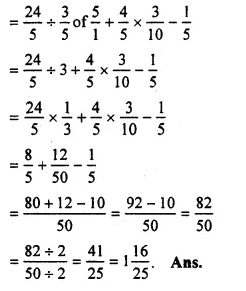

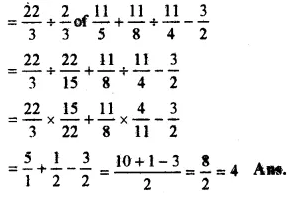
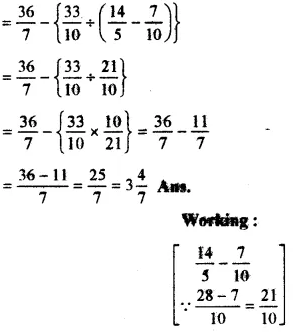
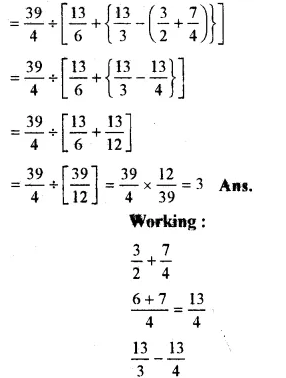
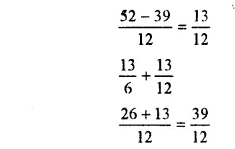

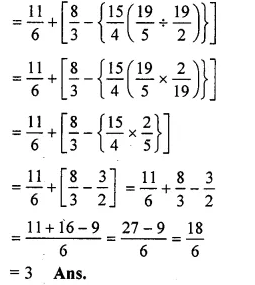
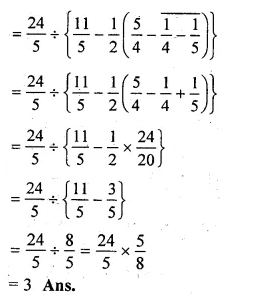
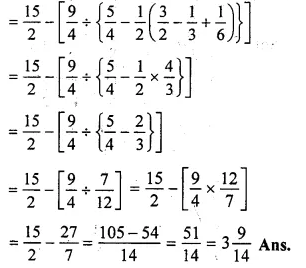


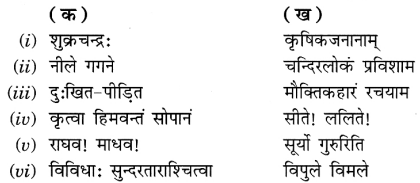
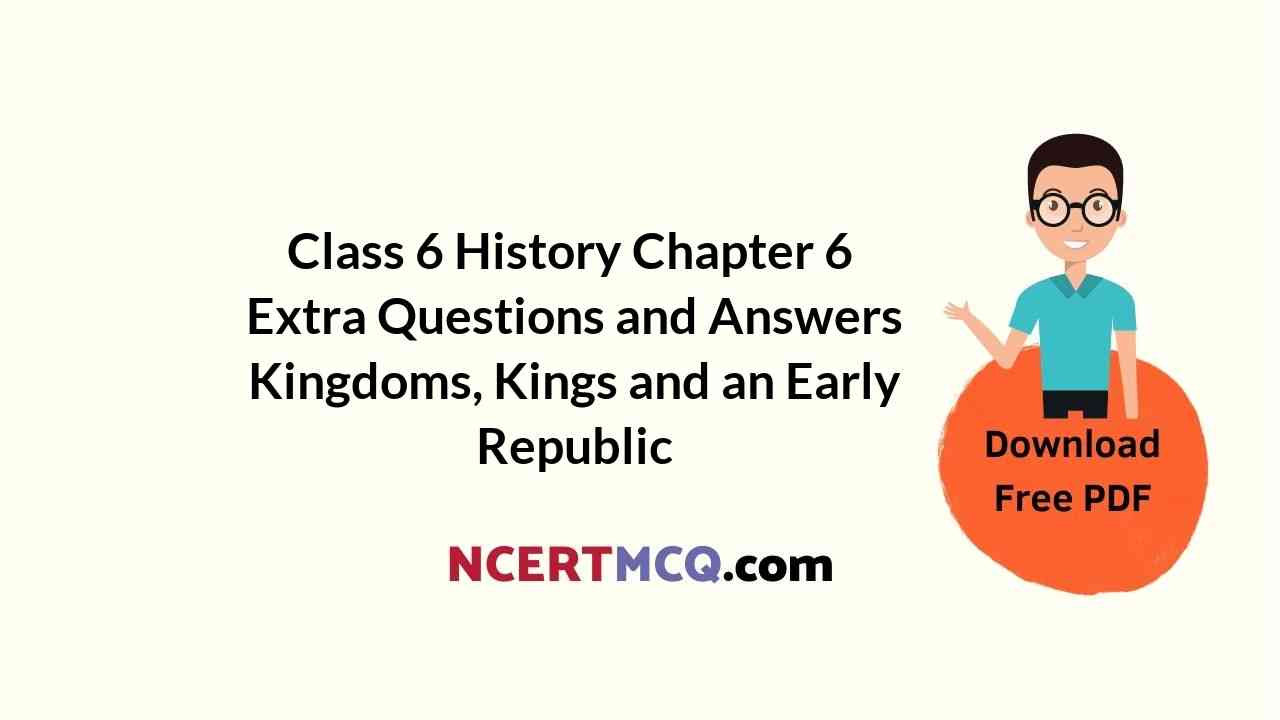

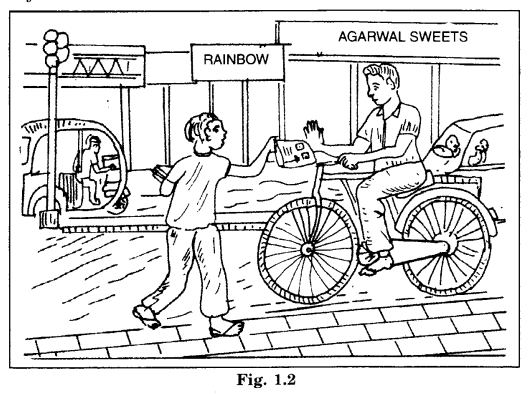
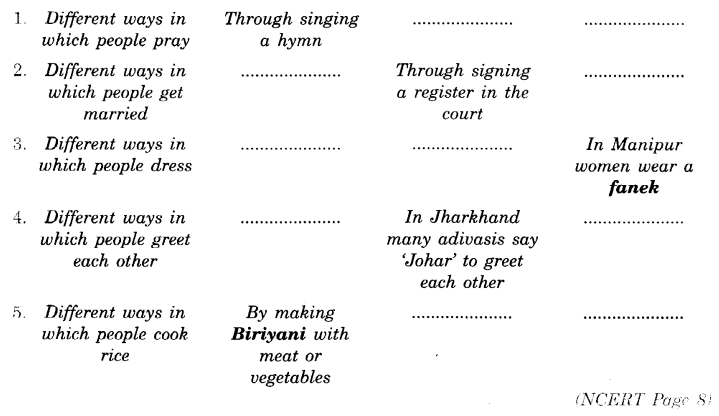
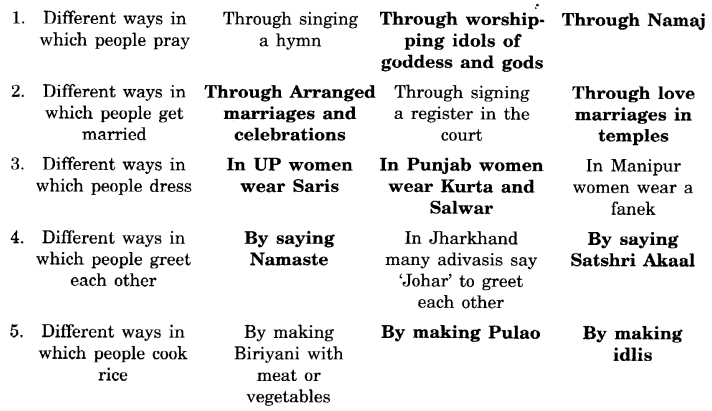
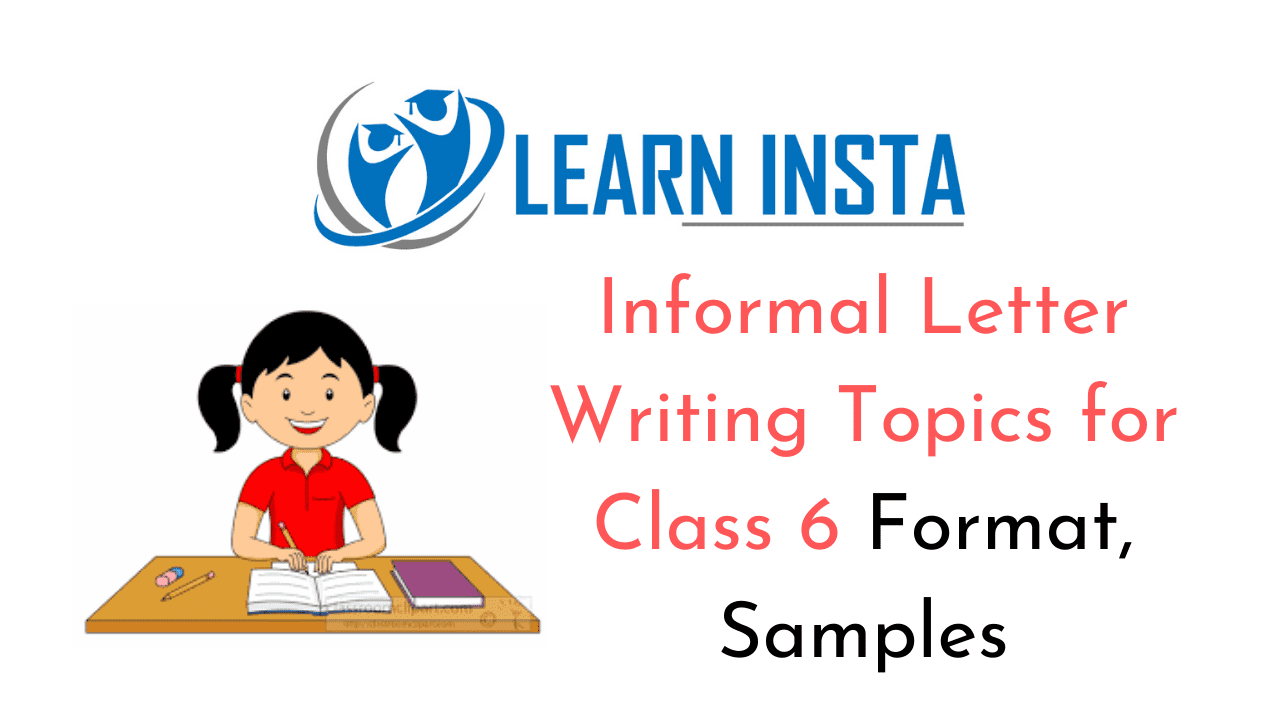 In Online Education Letter writing is an essential skill. Despite the prevalence of emails and text messages, everyone has to write letters at some point. Letters of complaint, job applications, thank you letters, letters requesting changes or – making suggestions – the list goes on and on. Encouraging children to write letters from an early age will improve their communication, social and handwriting skills, and teach them what they need to know about writing and structuring letters.
In Online Education Letter writing is an essential skill. Despite the prevalence of emails and text messages, everyone has to write letters at some point. Letters of complaint, job applications, thank you letters, letters requesting changes or – making suggestions – the list goes on and on. Encouraging children to write letters from an early age will improve their communication, social and handwriting skills, and teach them what they need to know about writing and structuring letters.